United Nations Secretary-General Antonio Guterres drew applause at the UN General Assembly when he called on Israel to comply with the rulings of the International Court of Justice on the Gaza war.
Applause at UN as Guterres issues demand on Gaza
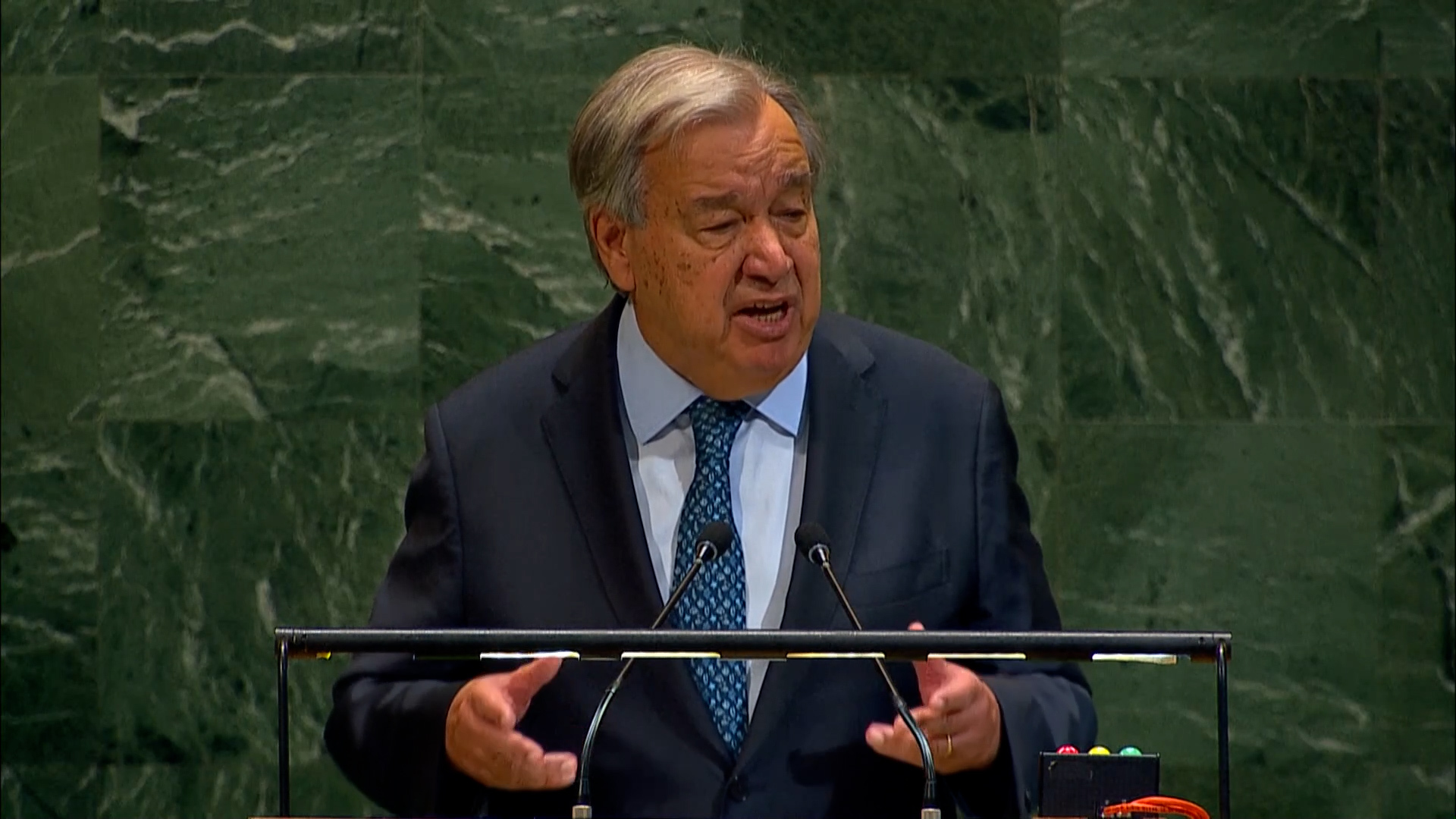

United Nations Secretary-General Antonio Guterres drew applause at the UN General Assembly when he called on Israel to comply with the rulings of the International Court of Justice on the Gaza war.
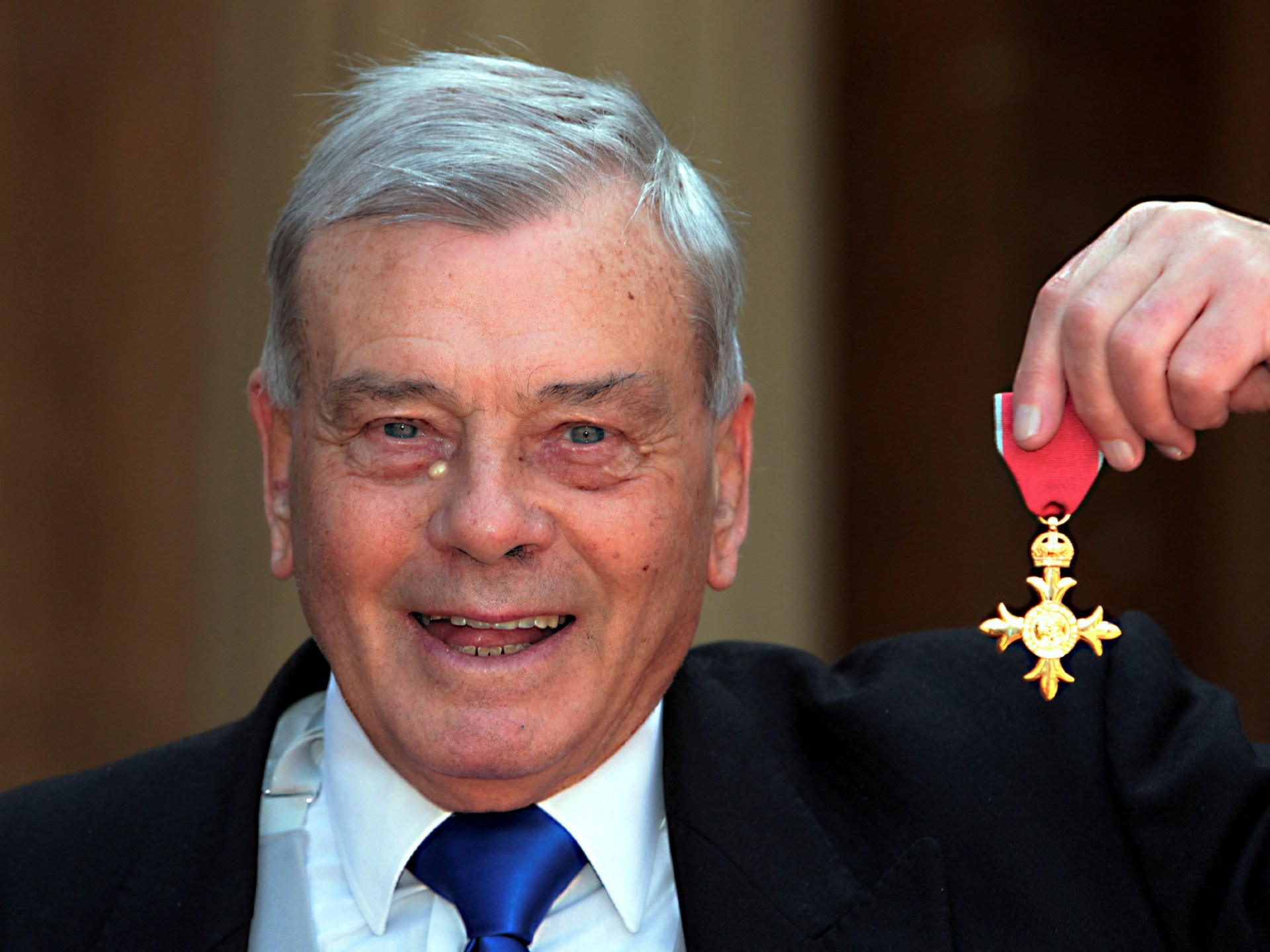
Harold “Dickie” Bird, one of cricket’s most famous and much-loved former umpires , has died at the age of 92, England’s Yorkshire County Cricket Club (CCC) has announced.
Bird “died peacefully at home”, Yorkshire CCC wrote in a post announcing Bird’s death on Tuesday.
list of 3 itemsend of list
He began his umpiring career in 1973 and officiated in 66 Test matches, 69 men’s one-day internationals and three World Cup finals before retiring in 1996.
He was given a guard of honour at Lord’s Cricket Ground by England and India players before his final Test.
Bird’s eccentric and humorous character endeared him to cricket fans around the world and across generations.
Yorkshire called Bird a “national treasure” who was “known not only for his umpiring excellence but also for his eccentricities and warmth”.
“Dickie Bird enjoyed an illustrious career as an international umpire, writing his name into history as the most famous and popular official in the game’s history,” the club said.
“He leaves behind a legacy of sportsmanship, humility, and joy – and a legion of admirers across generations.”
Bird, who sold more than a million copies of his autobiography, was named Yorkshire president in 2014.
Bird’s first-class playing career, which included spells with his beloved Yorkshire and Leicestershire, was cut short by injury at the age of 32 with an average of 20.71.
He went on to become arguably the world’s most famous umpire, standing in an English county match for the first time in 1970.
In 1975, Bird took charge of the inaugural men’s Cricket World Cup final.
“Dickie enjoyed an illustrious career as an umpire,” the Lord’s-based Marylebone Cricket Club said, “and was one of the most popular officials in the history of the game.”
An umpire long before the introduction of technology to cricket, Bird was renowned for being cautious with his decisions and making few clear mistakes, telling the BBC that his parents ” instilled this mental strength to believe in myself”.
In his pomp and in his later years, he was as popular as the players he officiated, never refusing to sign an autograph and often was seen waiting patiently to do so even when lines were long. His autobiography was Britain’s biggest-selling sports book.
It was his idiosyncrasies that made him so loved – the way he raised his finger to give a batter out, his warmth and conversational approach with players, his grin, his stooping gait, how he twitched his arms and tugged at his umpire’s jacket.
Bird listed Garfield Sobers, Sunil Gavaskar, Viv Richards and Dennis Lillee as the best players he ever umpired. His one regret in life, Bird told The Guardian newspaper in 2013, was not having a family.
“I gave my life to cricket. It’s as simple as that,” he said. “I never got married because I was married to the game.”
MCC is deeply saddened to hear of the death of Harold “Dickie” Bird. An Honorary Life Member of the Club, Dickie enjoyed an illustrious career as an umpire and was one of the most popular officials in the history of the game.
He officiated in 66 men’s Test matches and we were… pic.twitter.com/r22NSrKCAZ
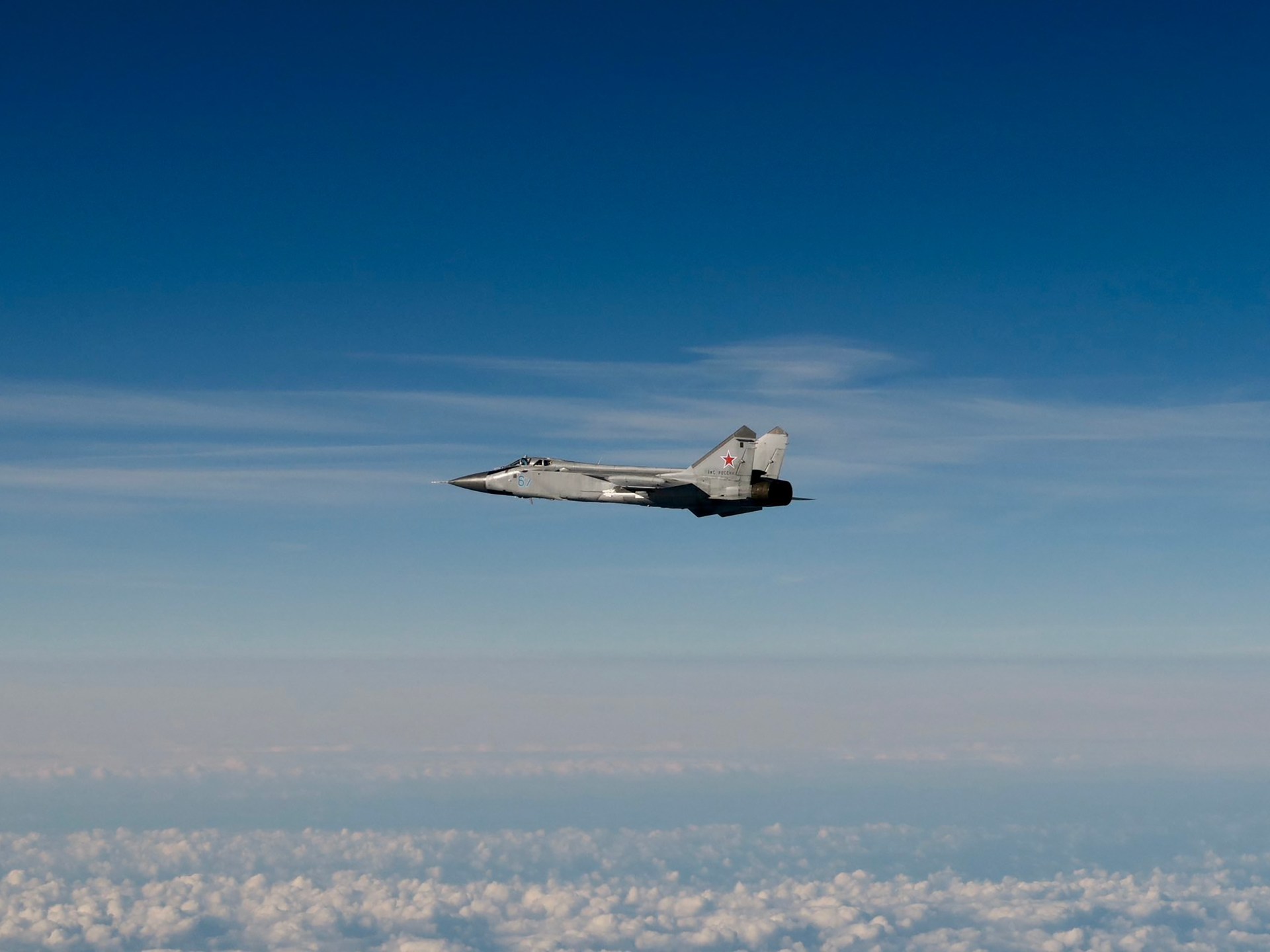
Russia will use “military and non-military” measures to defend itself from what it calls an “increasingly irresponsible” string of airspace violations that it has warned of.
In a statement released on Tuesday, NATO stated that it “commits to mutual defense in the event of an attack on any one of its members.” Article 5 is ironclad, the provision of NATO’s founding treaty.
list of 3 itemsend of list
The actions were “escalatory, risk miscalculation, and endanger lives,” according to the statement. They must end.
Estonia called an emergency meeting to issue a warning to NATO after the Baltic nation claimed Russian jets had violated its airspace. Three Russian MiG-31 aircraft entered Estonian airspace for more than ten minutes before being confronted and forced to retreat, according to a statement from NATO.
Moscow has accused Estonia of making “unfounded” accusations and “propagating a completely careless pattern of escalating tensions and creating a confrontational atmosphere” (poaching).
Russia occupies a permanent seat in the UN Security Council, where Estonia summoned a meeting to which it said its accusations against Russia were based on “solid evidence.” According to Estonian Foreign Minister Margus Tsahkna, “Russia is lying again, as it has lied before several times.”
NATO’s Mark Rutte stated at a press conference on Tuesday that any jets entering Estonian airspace posed no immediate threat and that future decisions will be made “in real time, based on available intelligence regarding the threat posed by the aircraft.”
You can be certain that we will take all necessary steps to protect our cities, our people, and our infrastructure, Rutte told reporters.
Two weeks prior, 20 Russian drones flew over Ukraine and entered Polish airspace, and Romanian fighters found a Geran drone, the Russian version of the Iranian-designed Shahed, in their airspace.
Denmark announced on Monday that its capital’s main airport in Copenhagen was shut down after at least two drones, which were spotted nearby, halted operations in what the Danish prime minister, Mette Frederiksen, described as the country’s most “most serious attack on Danish critical infrastructure to date” were spotted. On Tuesday, an investigation was still ongoing as to who was responsible for the incursion.
After being spotted there, Oslo’s main airport had to close down as well. Danish and Norwegian investigators are weighing the possibility, though authorities have not yet confirmed whether the incidents were connected.
Russia, which shares a short, sparsely populated northern border with Norway, was reported on Tuesday by the country’s government for three violations of its airspace in 2025, in April, July, and August. Whether this was an intentional violation or a deliberate provocation, it was unclear on whether it was the Kremlin’s part.
Additionally, according to the NATO statement, Russia’s neighboring countries of Finland, Latvia, and Lithuania also experienced airspace violations.
Numerous NATO members have responded with a very strong response to the actions, with some promising to stay put when Russia invades their territory.
Donald Tusk, the prime minister of Poland, stated to reporters on Monday, “I want to be very clear. When flying objects invading our territory and passing over Poland, we will decide whether to shoot them down without discussion. This discussion is ineffective.
Before heading to the US for the UN General Assembly, Ukraine’s President Volodymyr Zelenskyy said, “I think we are wasting a lot of time if sanctions are not imposed on Russia] or some steps are not taken.”
Donald Trump, the president of the US, earlier this month, set out his sanctions against Russia and promised to follow through if the country’s European allies stopped buying Russian oil and fought US tariffs on China.
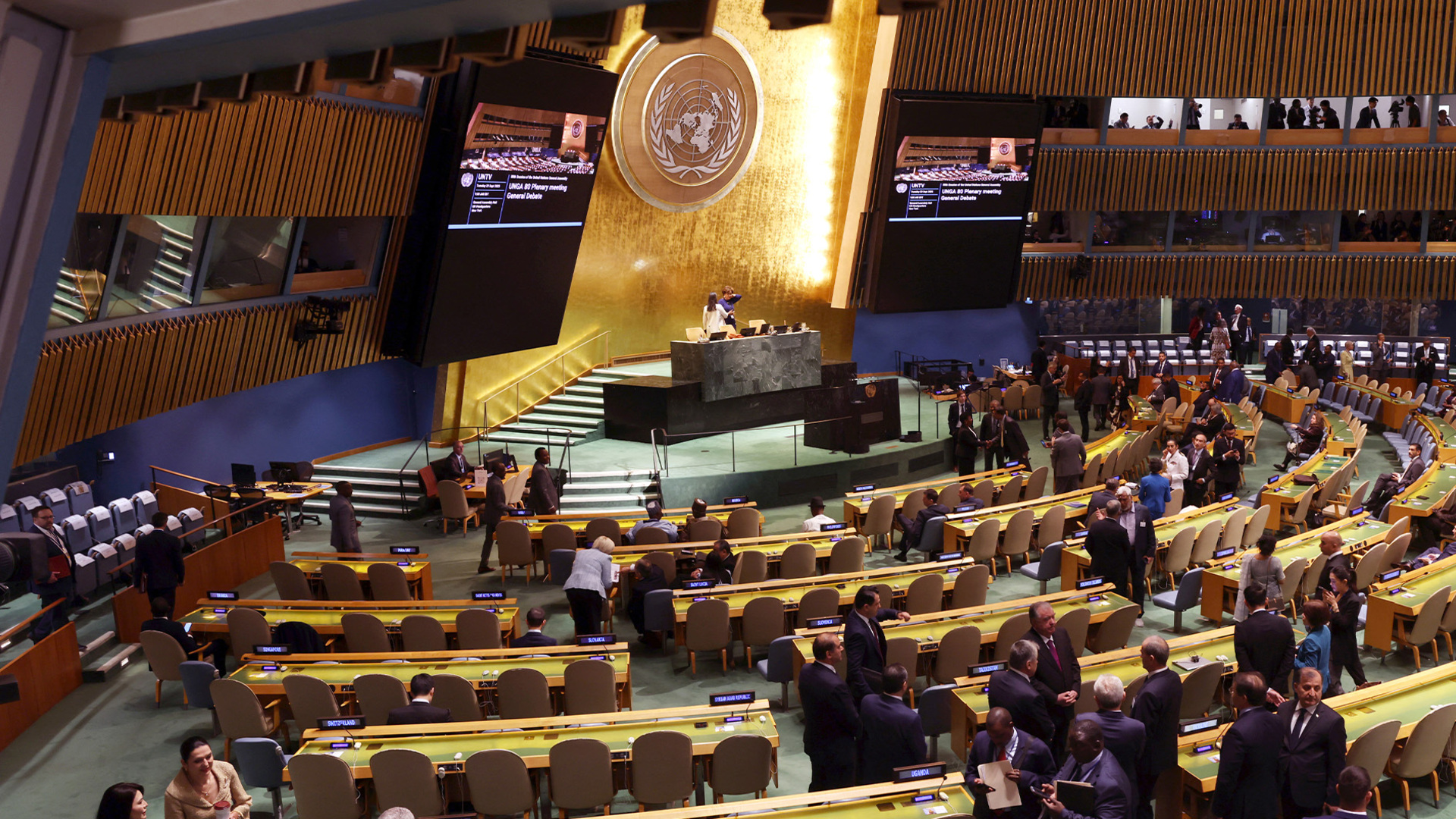
Prior to the UN General Assembly, which aimed to revive the two-state solution and call for an end to the conflict in Gaza, world leaders insisted on the recognition of Palestinian statehood, while Israel and the US boycotted the three-hour presummit.
Published On 23 Sep 2025
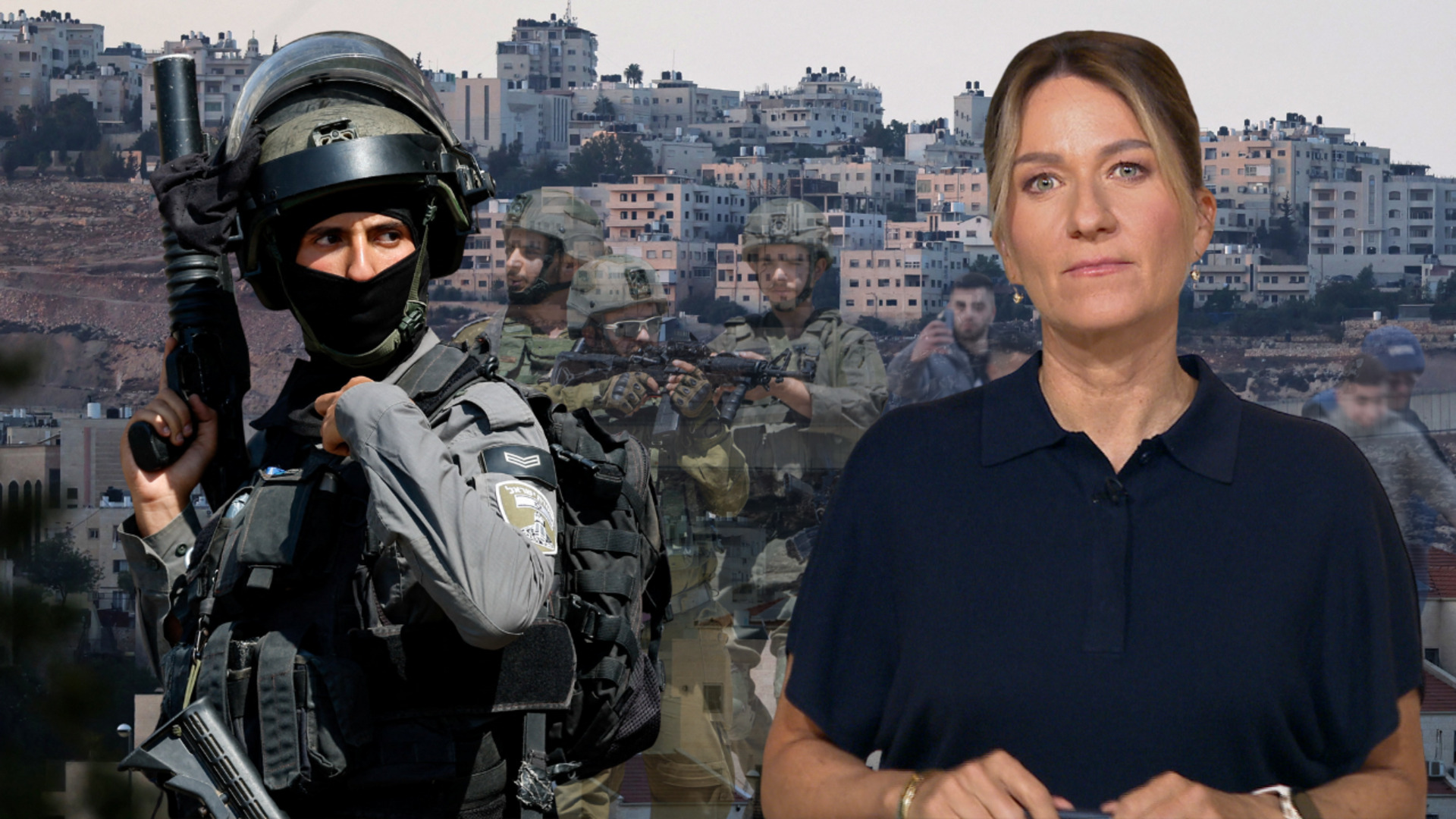
Since October 2023, Palestinians have experienced increased levels of settler violence, army raids, and forced displacement.
The occupied West Bank is the site of more violence than the Gaza war, which has dominated media attention. Since October 2023, settler violence, military operations, and forced displacement of Palestinian communities have all risen sharply. This episode explores how the genocide in Gaza has exacerbated the West Bank’s impunity, boosting violent settlers, and further eroded any sense of security for Palestinians.
Presenter: Stefanie Dekker
Guests:
Palestinian activist Mohammad Hureini
Israeli journalist and activist Andréy X
Published On 23 Sep 2025
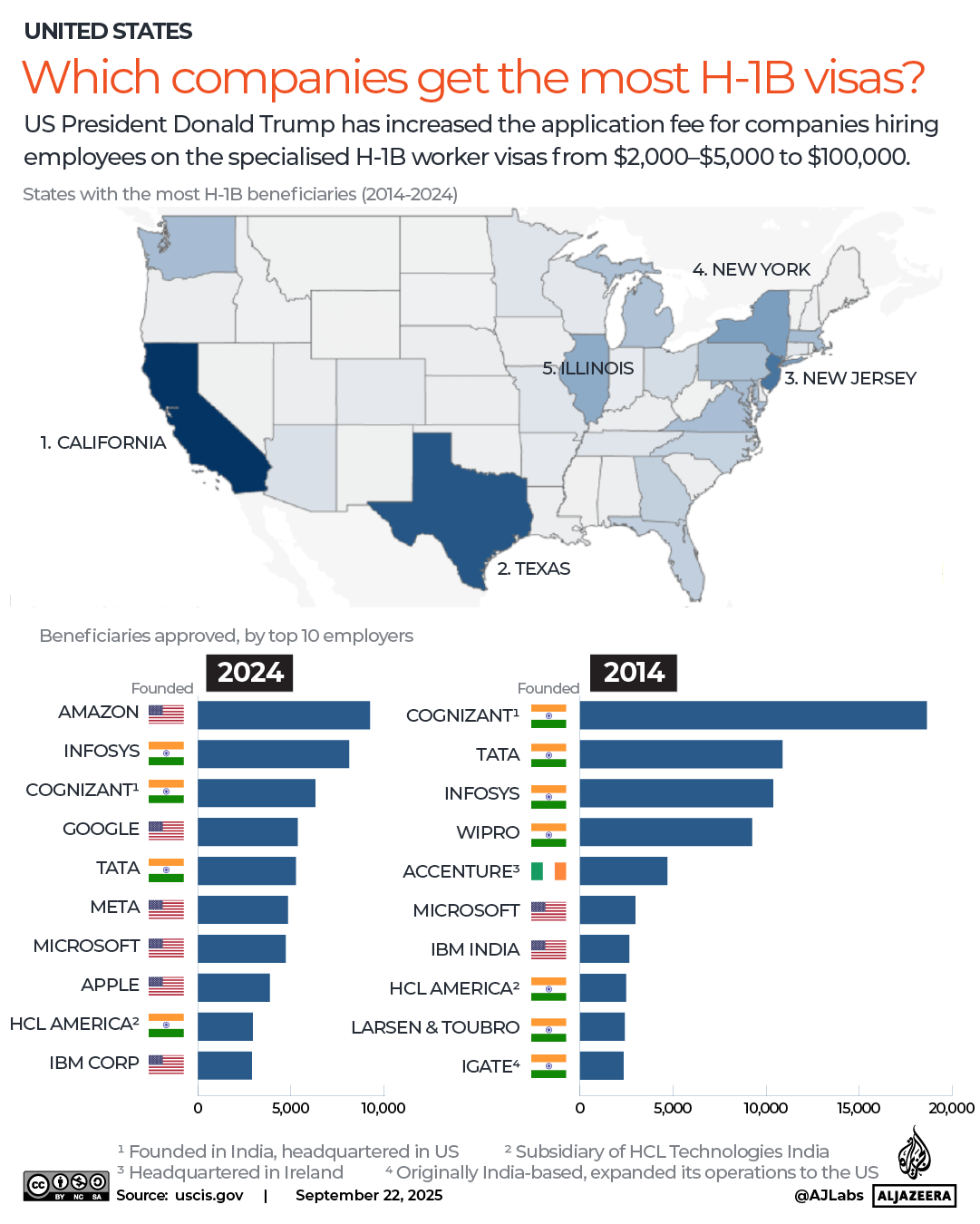
Many foreign skilled workers are likely to seek employment elsewhere as a result of President Donald Trump’s decision to raise the application fee for H-1B  visa holders.
The steep application fee increase, which is set at $100, 000, is intended to encourage US businesses to hire more skilled workers from the United States. However, it hits particularly hard on large technology companies because they rely heavily on foreign-trained workers.
list of 4 itemsend of list
Under President George H. W. Bush, the H-1B visa was established in 1990. The majority of H-1B visa recipients today are Indian tech workers; in second place, with 11.7 percent, they received 71 percent of approved H-1B visas last year.
Experts have warned that Trump’s decision could stifle US economic growth because higher wages for employers will make it harder to attract foreign talent. Additionally, it could cause a near-term “brain drain” for skilled university graduates who are forced to move to other nations.
Trump’s administration announced that US businesses must pay $100, 000 per H-1B application starting at 12:01 AM ET (04:01 GMT) on September 21 in a decree signed by him on September 19.
Depending on the size of the company applying for the visa, the fees previously ranged from $2, 000 to $5, 000. US businesses can hire foreign workers with special skills thanks to the H-1B visa, which was initially granted for up to three years. The application fee must be paid once more when extending the visa, but it can be extended for up to six years.
The H-1B program allows employers to obtain 65, 000 visas per year for temporary foreign workers in specialized fields, as well as another 20, 000 visas for advanced degree holders, particularly in STEM (science, technology, engineering, and mathematics) industries.
The White House stated on Sunday that “the fee is a one-time fee upon submission of a new H-1B petition.” The regulations will not apply to applicants who have H-1B visas or have submitted applications before September 21, they added.
In addition, the Department of Homeland Security will now prioritize applicants with high-skilled, well-paid positions in the H-1B lottery over those with lower salaries. According to the Trump administration, other H-1B visa modifications are also being considered.
H-1B is misused by businesses when they hire workers for less money than they would have to pay US employees, causing jobs to be lost to Americans, as critics have long argued.
The Indian government announced on Saturday that it was looking into the “full implications” of the new regulations. The disruption caused to families is likely to result in this measure, according to India’s Ministry of External Affairs.
The majority of the current H-1B positions are in tech-related fields, or roughly two thirds. According to the US Citizenship and Immigration Services, Apple, Google, Meta, Microsoft, and Amazon all had the highest numbers of H-1B visa holders employed last year.
As a result, Trump’s new fee has shocked the tech sector. For instance, Microsoft forewarned employees that current US visa holders should “stay in the US for the foreseeable future.”
At one point, Elon Musk, one of Tesla’s CEOs, Sundar Pichai, Sundar Pichai, CEO of Microsoft Satya Nadella, and SpaceX’s CEO were H-1B visa holders.
Musk stated on his X platform in 2024, “The reason I’m in America is because of H-1B, along with so many important people who built SpaceX, Tesla, and hundreds of other companies that made America strong.”
Many nations are looking to increase their technological and STEM-related expertise, and they may be waiting to hire foreigners who are unable to work in the US as a result of the H1-B visa’s rising cost.
According to people with knowledge of the discussions within the Treasury department, British Prime Minister Keir Starmer is reportedly considering proposals to eliminate visa fees for skilled foreigners in response to the price increase for H-1B visas.
As a way to encourage economic growth, Starmer’s “global talent task force” is developing ideas to attract top international scientists to the UK, including academics and digital experts. Top-level professionals may be able to avoid paying any visa fees.
On October 1, Beijing will introduce the new K Visa, which aims to entice highly skilled STEM workers.
Successful applicants will be able to work and study in China without having previously been offered a job or a research position.
China’s Ministry of Foreign Affairs said it “welcomes” top-tier talent from all over the world despite declining to comment on the US’s changes over the weekend.
Kang Hoon-sik, the president’s chief of staff, stated on Monday that he had instructed ministries to find ways to sway foreigners’ attention to South Korea’s lack of scientific and engineering visas.
Kang declined to provide further information about possible actions, but said the government intends to concentrate its budget for the upcoming year’s budget on initiatives involving artificial intelligence (AI) and other areas aimed at promoting a technology-led economy.
More candidates were invited, as a result of Canada’s reduction in the cut-off score for its Comprehensive Ranking System, which regulates applications for permanent residency from skilled workers.